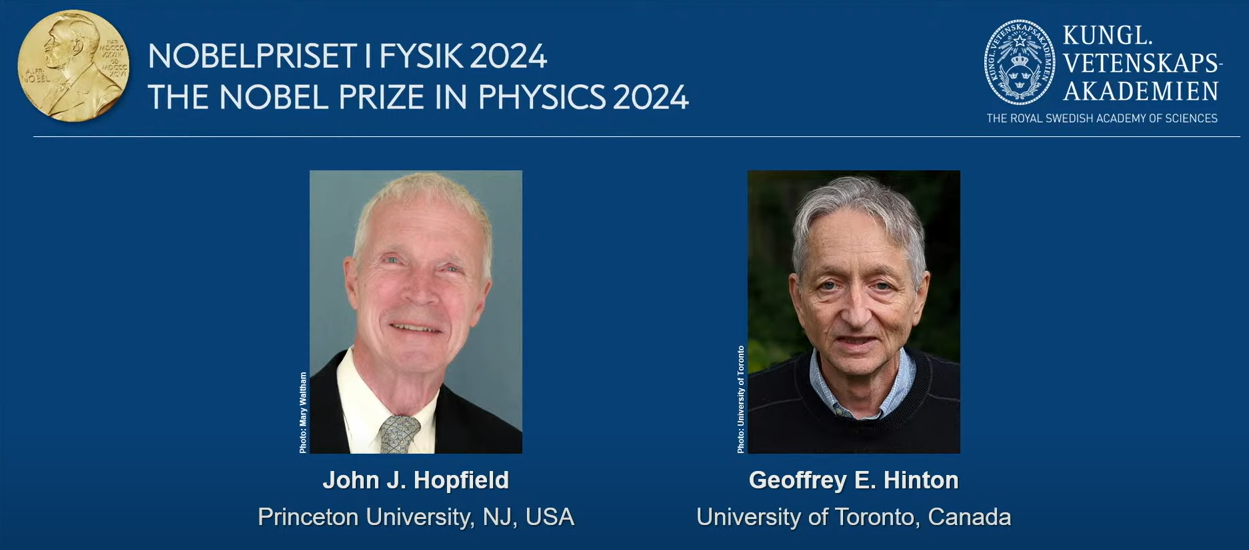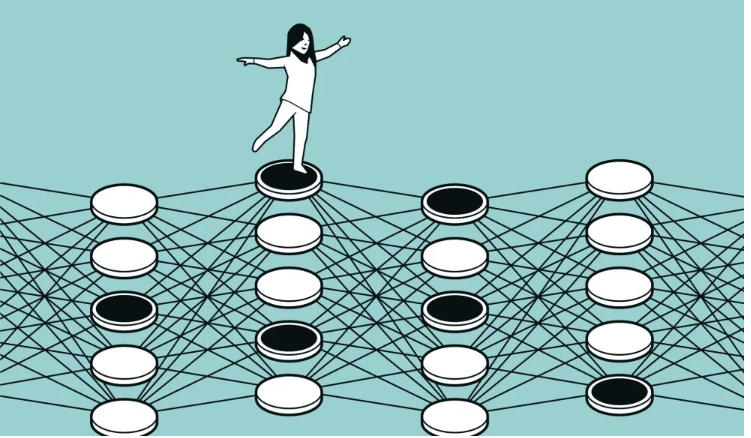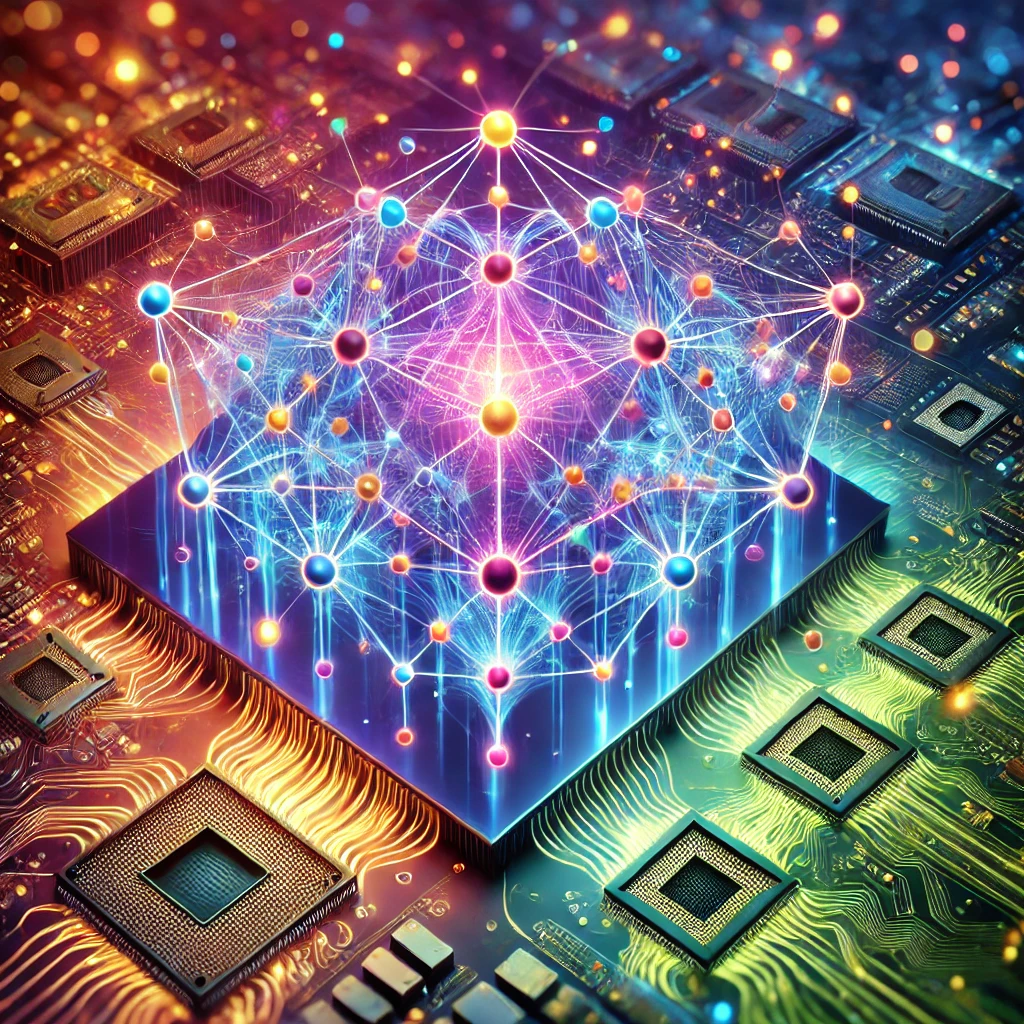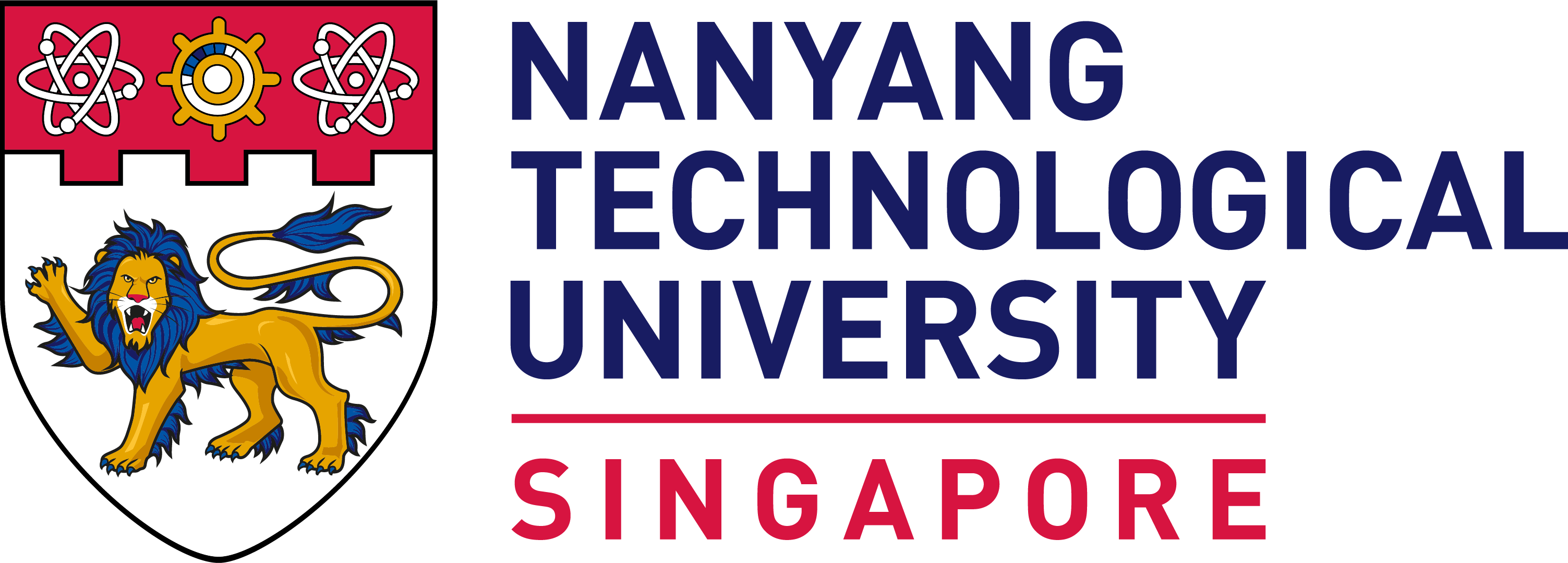Pioneering the Future of Artificial Neural Networks: The Nobel Prize in Physics 2024
Associate Professor Wang Lipo | School of Electrical & Electronic Engineering, NTU
The Nobel Prize in Physics 2024 was awarded to Prof John Hopfield (Princeton University) and Prof Geoffrey Hinton (University of Toronto) for their groundbreaking contributions to foundational discoveries that enable machine learning with artificial neural networks. This honour highlights the transformative impact of their work on technology and society, bridging the realms of physics, mathematics, and computer science.

Image credit: https://www.nobelprize.org/prizes/physics/2024/prize-announcement/
Artificial neural networks (ANNs) are computational models inspired by biological neural networks. They form the backbone of modern machine learning, enabling computers to learn from data, identify patterns, and make decisions. From powering search engines and personal assistants to diagnosing diseases and optimising energy grids, ANNs have permeated nearly every aspect of daily life. These achievements result from decades of exploration at the intersection of multiple scientific disciplines.
Prof Hopfield's contributions laid the groundwork for neural computation, particularly through the development of the Hopfield network, a form of recurrent neural network rooted in physical principles such as energy minimisation and spin-glass models in solid-state physics. Prof Hinton further revolutionised the field with key advancements such as the Boltzmann machine, which leverages statistical physics concepts to model complex distributions. While the Boltzmann machine itself is less prominent in modern applications, it significantly influenced the development of probabilistic models and deep learning techniques.
 The laureates used physics to find patterns in information.
The laureates used physics to find patterns in information.
© Johan Jarnestad/The Royal Swedish Academy of Sciences | Image credit: https://www.nobelprize.org/all-nobel-prizes-2024/
The laureates' contributions extend beyond theory; they have fundamentally shaped methodologies that enable neural networks to function efficiently. Their work addressed critical challenges in representing and optimising high-dimensional data, impacting both academic research and practical applications. The techniques they developed have influenced breakthroughs in speech recognition, image processing, and natural language understanding.
The societal implications of their work are profound. Machine learning with ANNs has driven advances in autonomous vehicles, climate modelling, personalised medicine, and even artistic creativity. At the same time, it raises important questions about ethics, fairness, and the societal impact of AI technologies. The 2024 Nobel Prize in Physics serves as a reminder of the dual role of science - to drive innovation while addressing the challenges it creates.
As we celebrate these groundbreaking achievements, we also look to the future. The laureates’ work provides a strong foundation for the continued evolution of artificial intelligence. It inspires researchers and practitioners to push the boundaries of what machine learning can achieve, fostering advancements that promise to benefit humanity for generations to come.
 Visual of Neural Networks.
Visual of Neural Networks.
This year’s Nobel Prize in Physics underscores the power of interdisciplinary collaboration - blending physics, computer science and engineering to solve some of the most complex challenges of our time. It is a celebration of human ingenuity and a testament to what is possible when innovation meets dedication.
Prof Hopfield’s groundbreaking work has inspired many physicists to venture into neural network research, playing a crucial role in lifting AI out of its last "winter." Building on this foundation, after earning my PhD in solid-state physics, I embarked on a decade-long journey into neural networks and AI, exploring techniques from classic machine learning to deep learning for diverse real-world applications. For example, we developed a deep learning system to pre-screen CT scans for brain hemorrhages, which has been commercialised. Our electroencephalogram (EEG) classification algorithms have been employed to detect driver fatigue and evaluate stress levels. Presently, we are actively developing small-data methods for deep learning, a crucial advancement for molecular and biological imaging research.
For more information, watch the video on 2024 Nobel Prize in Physics.














/enri-thumbnails/careeropportunities1f0caf1c-a12d-479c-be7c-3c04e085c617.tmb-mega-menu.jpg?Culture=en&sfvrsn=d7261e3b_1)

/cradle-thumbnails/research-capabilities1516d0ba63aa44f0b4ee77a8c05263b2.tmb-mega-menu.jpg?Culture=en&sfvrsn=1bc94f8_1)






